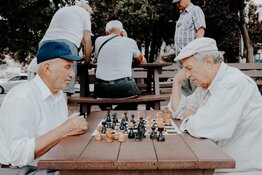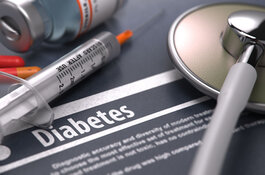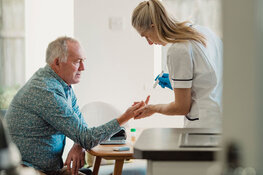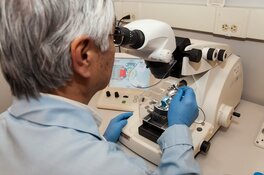Sernova Corp.'s (SVA:TSX.V; SEOVF:OTCMKTS; XETRA:PSH) Phase 1/2 clinical trial, combining donor islets transplanted via Cell Pouch in patients with type 1 diabetes, showed efficacy of treatment, reported Dr. Joseph Pantginis, analyst at H.C. Wainwright & Co., in a Sept. 12 research note. New results were presented at the 2024 EASD (European Association for the Study of Diabetes) Annual Meeting.
"Despite these data coming from an interim clinical evaluation, we remain encouraged by the initial clear efficacy signals and the favorable safety profile," Pantginis wrote. "We believe the impressive response rates and observed durability support Sernova's strategy and justify further investigation, while positioning the technology for potential commercial success."
1,900% implied return
H.C. Wainwright reiterated its CA$6 per share target price on Sernova, trading now at about CA$0.30 per share, noted Pantginis. The difference between these prices reflects a potential return for investors of 1,900%.
Deepening responses, shown in the trial, in patients with type 1 diabetes, continue to "crystallize Sernova stock's possible upside," the analyst added.
The regenerative medicine device firm remains a Buy.
Takeaways from new data
Pantginis presented the highlights of the just-announced interim results from Phase 1/2.
All patients were treated one of two sizes of Cell Pouch, an implantable delivery vehicle. Cohort A patients were implanted with the eight-channel Cell Pouch. Three weeks in, some patients in this group were placed on an immunosuppression regimen which later was replaced with an optimized version. Cohort B patients were implanted with the 10-channel Cell Pouch and given concurrent optimized immunosuppression from the start.
Seven patients, all six of Cohort A and one in Cohort B, achieved sustained insulin independence, between 5.5 and 50 months in duration, and no hypoglycemic episodes. Their blood sugar levels were controlled in the nondiabetic range (i.e.,) HbA1c less than 6.5%.
"The Cell Pouch device and procedure remain safe and well tolerated," Pantginis wrote.
The very first patient in the study experienced sustained insulin independence and acceptable blood sugar levels for more than four years. However, five-plus years after the first islet transplant in this same patient, the Cell Pouch was removed, without complications, because the patient needed immunosuppression to be stopped for a non-diabetes medical reason.
The islets in the Cell Pouch still contained cells that produce insulin, glucagon and somatostatin. No evidence of detrimental fibrotic tissue, material degradation or changes in the Cell Pouch architecture was seen.
"Histological sections very clearly demonstrate the Cell Pouches are becoming vascularized and support insulin-producing cells without the formation of fibrotic tissue or an overabundance of T-cells," wrote Pantginis.
These interim results, the analyst pointed out, add to an expanding collection of evidence that the Cell Pouch is functioning as it should. The data also support the "impressive" results already reported from this study and help derisk future related trials.
What to watch for
Release of the Phase 1/2 study results for the remaining five Cohort B patients is expected by year-end, reported Pantginis.
Catalysts related to adding a third cohort to the current trial also are expected, from enrollment to data readout. Plus, Sernova might also do a pivotal Phase 3 study.
| Want to be the first to know about interesting Medical Devices and Regenerative Medicine investment ideas? Sign up to receive the FREE Streetwise Reports' newsletter. | Subscribe |









































